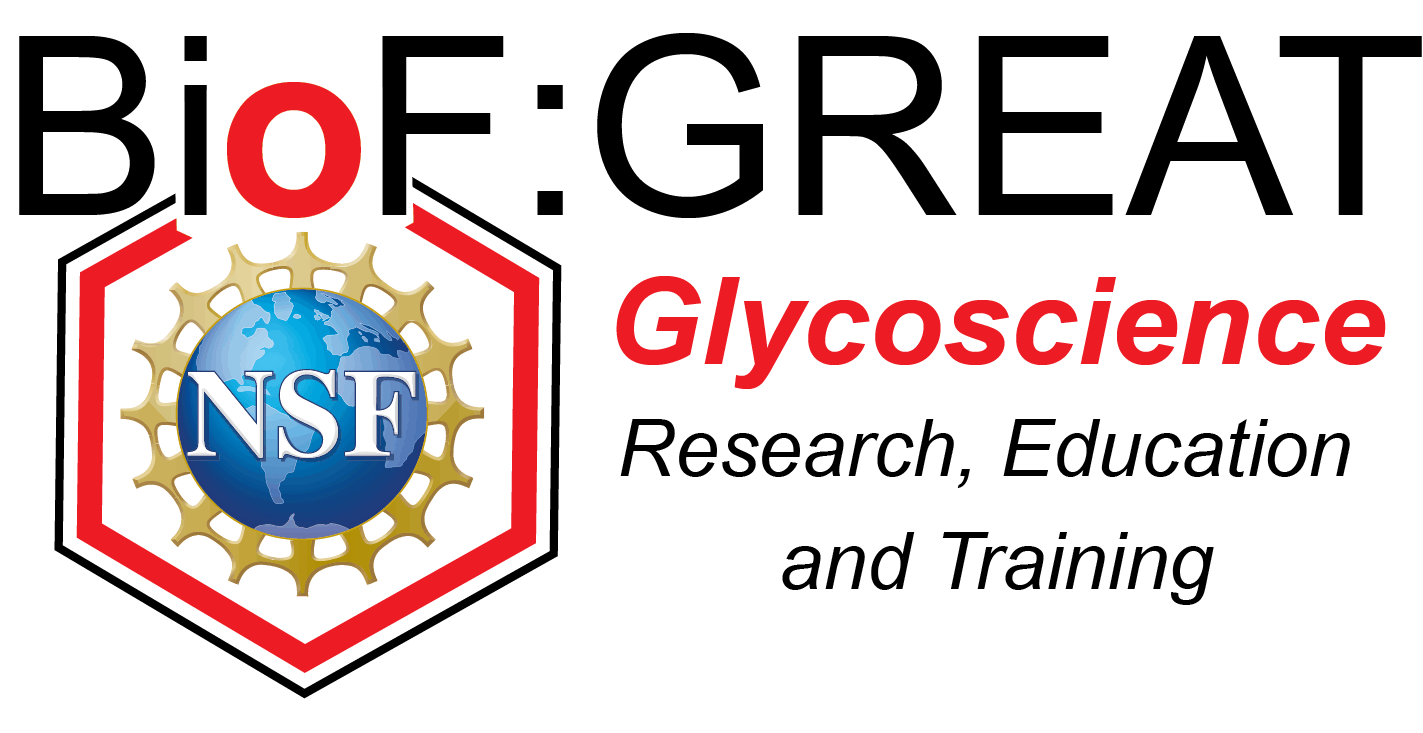UGA receives $18M NSF award to democratize glycoscience
The University of Georgia’s Complex Carbohydrate Research Center (CCRC) has received an $18 million award from the National Science Foundation (NSF) to advance glycoscience accessibility and research. This funding will support the establishment of the BioFoundry: Glycomaterials Research, Education, and Analysis Training (GREAT), an initiative aiming to democratize the study and application of glycoscience.
Glycans, critical biomolecules found on cell surfaces, play significant roles in cellular communication and biological functions. However, despite their importance alongside nucleic acids, proteins, and lipids, glycoscience remains underrepresented in education and research. The BioFoundry at UGA will aim to change this by providing resources, education, and hands-on training in glycoscience. The facility will give researchers access to advanced tools and training, helping them conduct projects using state-of-the-art technologies like mass spectrometry and nuclear magnetic resonance (NMR) without needing to own such expensive equipment themselves.
Moreover, the initiative will extend its educational impact by offering training and resources across all academic levels, from K-12 to higher education and industry research. The BioFoundry will also offer reduced-cost or free services for clients whose research aligns with the project’s goals, even facilitating short-term training programs in Athens, GA, for eligible researchers.
This effort aligns with the CCRC’s long history of contributions to glycoscience, expanding applications from medical research to biofuel production and plant-based materials.




